A refreshing shower can be the perfect start or end to your day. But what happens when your shower system starts acting up?
From low water pressure to temperature fluctuations, shower issues can be a real dampener. They can disrupt your routine and leave you feeling frustrated.
In this guide, we'll explore 10 common reasons why your shower might not be working. We'll delve into problems that can occur with different types of showers, including rain shower head systems and dual shower head systems.
We'll provide practical shower troubleshooting tips to help you diagnose and resolve these issues. Our aim is to empower you to fix these problems on your own, without necessarily needing to call a professional.
So, whether you're a homeowner, a renter, or a DIY enthusiast, this guide is for you. Let's dive in and get your shower back to its best.
Understanding Your Shower System
Before we delve into troubleshooting, it's important to understand how a basic shower system works. At its core, a shower system is a network of pipes, valves, and fixtures that work together to deliver water.
The water supply is controlled by valves, which regulate the flow and temperature of the water. The water then travels through the pipes and is dispersed through the showerhead.
Understanding this basic mechanism can help you identify potential issues. It can also guide you in making the right adjustments or repairs to restore your shower's functionality.
- Low Water Pressure
One common issue with shower systems is low water pressure. This can make your shower less enjoyable and efficient. It can be caused by various factors, including clogged pipes or a malfunctioning pressure regulator.
Here are some steps you can take to troubleshoot this issue:
- Check for any visible leaks in your plumbing system.
- Clean your showerhead to remove any mineral buildup.
- Check the pressure regulator and adjust it if necessary.
Remember, if the problem persists, it might be time to call a professional. They can help identify and fix more complex issues that might be affecting your water pressure.
- Clogged Showerhead
A clogged showerhead can also lead to low water pressure. Over time, mineral deposits can build up in your showerhead, blocking the water flow. This is especially common in areas with hard water.
Here are some steps to unclog your showerhead:
- Remove the showerhead and soak it in a solution of vinegar and water.
- Use a small brush to scrub away any mineral deposits.
- Rinse the showerhead thoroughly before reinstalling it.
Regular cleaning of your showerhead can prevent clogs and ensure a steady water flow. If the clog persists, consider replacing the showerhead.
- Temperature Fluctuations
Temperature fluctuations during a shower can be quite frustrating. This issue often arises due to a faulty mixing valve. The mixing valve controls the blend of hot and cold water in your shower.
If the water temperature changes drastically when other appliances are in use, the mixing valve might need adjustment. You can adjust the valve yourself, but be careful not to scald yourself with hot water.
If adjusting the valve doesn't solve the problem, the valve might be worn out and need replacement. In this case, you might want to consider hiring a professional plumber.
- Leaky Shower Faucet or Head

A leaky shower faucet or head can lead to water wastage and increased utility bills. This problem is often caused by worn-out seals or O-rings. These components help prevent water from leaking out of the connections.
You can try replacing the seals or O-rings yourself. Make sure to turn off the water supply before starting the repair. Also, ensure you have the correct replacement parts for your specific shower system.
If the leak persists after replacing the seals or O-rings, it might be due to a more serious issue. In such cases, it's best to consult a professional plumber.
- Diverter Valve Issues
The diverter valve is a crucial part of your shower system. It directs water from the faucet to the showerhead. If it's faulty, you might experience issues like water not fully diverting to the showerhead.
To troubleshoot, first check if the valve is stuck or hard to turn. You can try applying a lubricant to ease its movement. If this doesn't work, the valve might be worn out and need replacement.
Replacing a diverter valve can be a bit complex. If you're not comfortable doing it yourself, consider hiring a professional plumber.
- Malfunctioning Rain Shower Head System
A rain shower head system can provide a luxurious shower experience. However, when it malfunctions, it can be quite frustrating. Common issues include uneven water distribution and low water pressure.
Uneven water distribution can be due to mineral buildup in the showerhead. You can fix this by soaking the showerhead in a vinegar solution to dissolve the minerals. If the issue persists, the showerhead might need replacement.
Low water pressure can be due to a clogged showerhead or issues with your home's water supply. Check these areas and clean or repair as necessary. If the problem continues, consult with a professional.
- Dual Shower Head System Problems
Dual shower head systems are popular for their versatility. However, they can also present unique challenges. The most common issues are uneven water pressure and leaks.
Uneven water pressure often results from a faulty diverter valve. This valve controls the water flow between the two showerheads. If one showerhead has less pressure, the diverter valve might need replacement.
Leaks in a dual shower head system can occur at the connections between the showerheads and the water supply. Check for loose connections and tighten them if necessary. If the leak persists, the seals might need to be replaced.
- Water Not Draining Properly
A common shower problem is water not draining properly. This can lead to standing water in your shower tray or bathtub. The most likely cause is a clogged drain.
Hair, soap scum, and other debris can build up in the drain over time. This can slow down the water flow or even block it completely. You can often clear the blockage using a plunger or a plumber's snake.
If these methods don't work, the problem might be deeper in your plumbing system. In this case, it's best to call a professional plumber to avoid damaging your pipes.
- Shower Door or Curtain Issues
Shower doors and curtains play a crucial role in keeping water contained. If they're not functioning properly, you may experience leaks or water damage.
For doors, check the seals and sliding tracks. For curtains, ensure they're hung correctly and long enough to prevent water from escaping.
- Electrical or Digital Shower Control Malfunctions
Modern showers often come with digital controls for convenience. However, these can sometimes malfunction, leading to issues like inconsistent water temperature or pressure.
If you're facing such issues, try resetting the controls. Most systems have a reset button or procedure outlined in the user manual.
Remember, working with electrical components in a wet environment can be dangerous. If the problem persists, it's best to call a professional to avoid any risk.
When to Call a Professional
While DIY troubleshooting can solve many shower issues, some problems require professional help. If you've tried the tips above and your shower still isn't working properly, it's time to call a plumber.
Remember, attempting complex repairs without the right skills can lead to more damage and higher repair costs.
Conclusion and Maintenance Tips
Understanding your shower system and its common issues can save you time and money. Regular maintenance and timely troubleshooting are key to a well-functioning shower.
Remember, prevention is better than cure. Regularly clean and inspect your shower system to prevent issues before they occur.


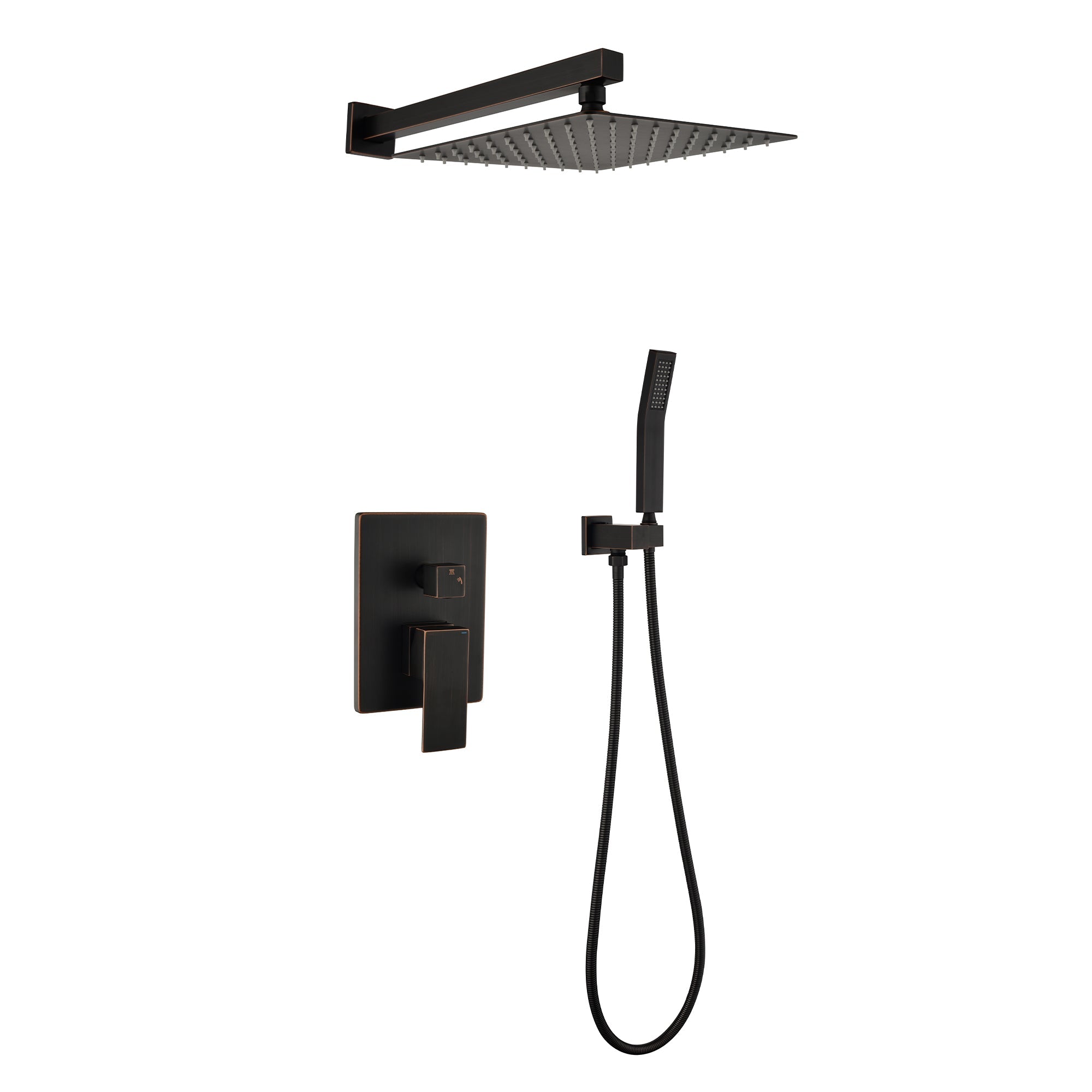



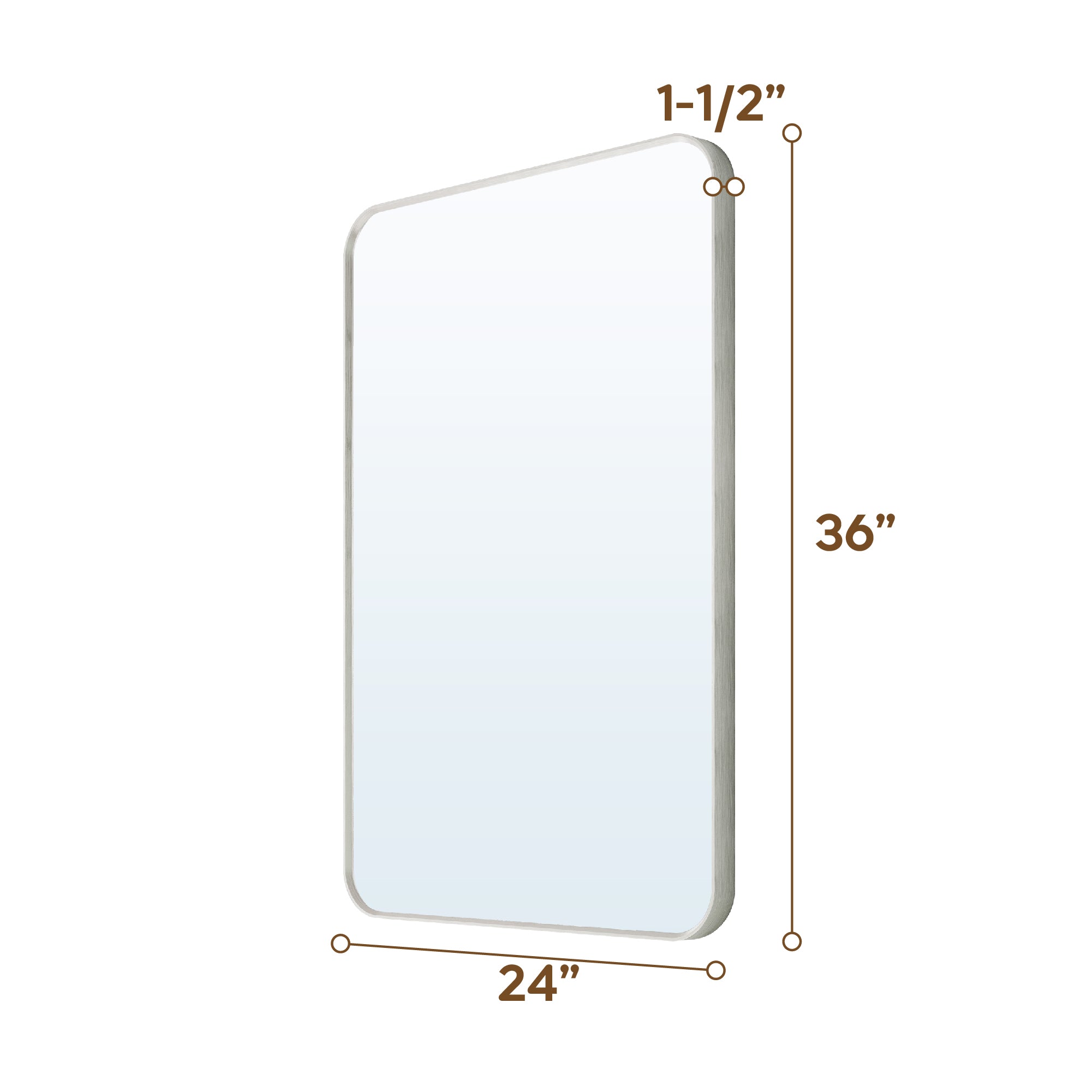

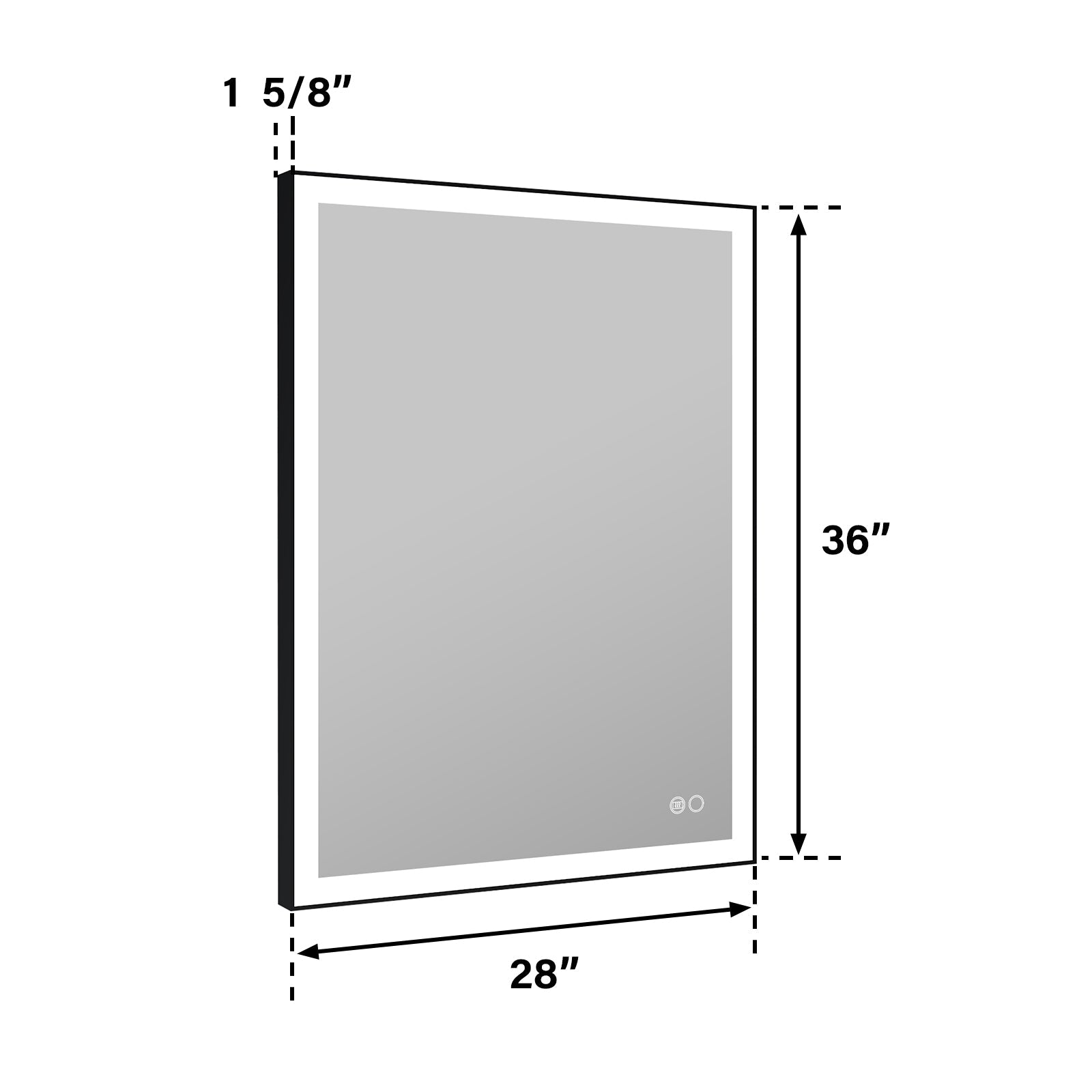
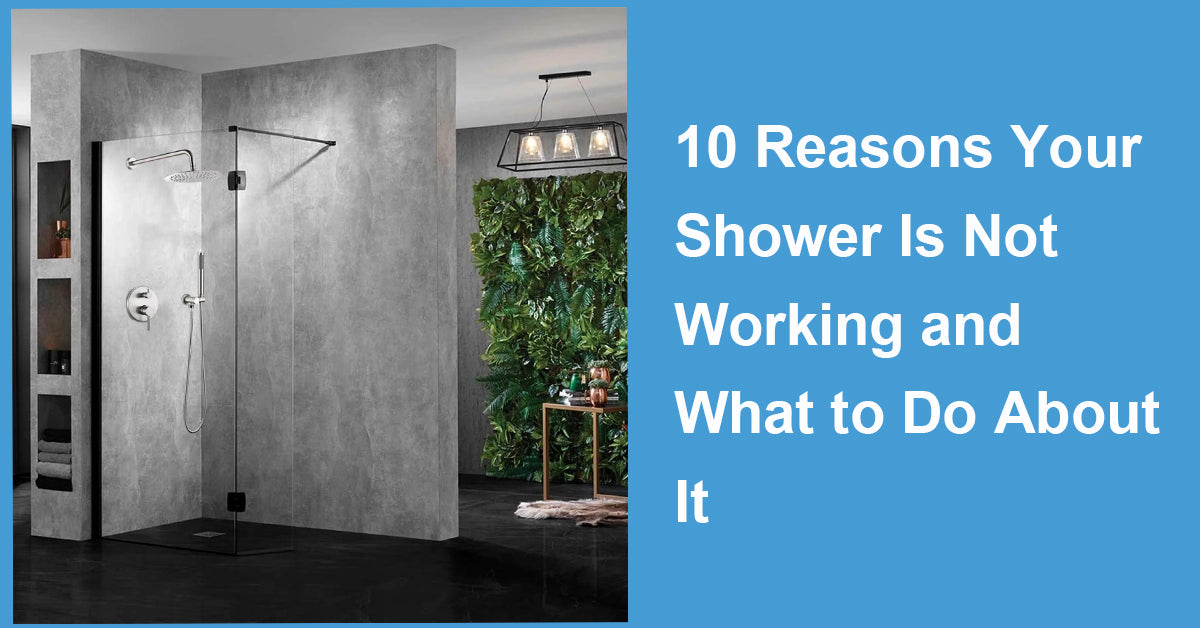
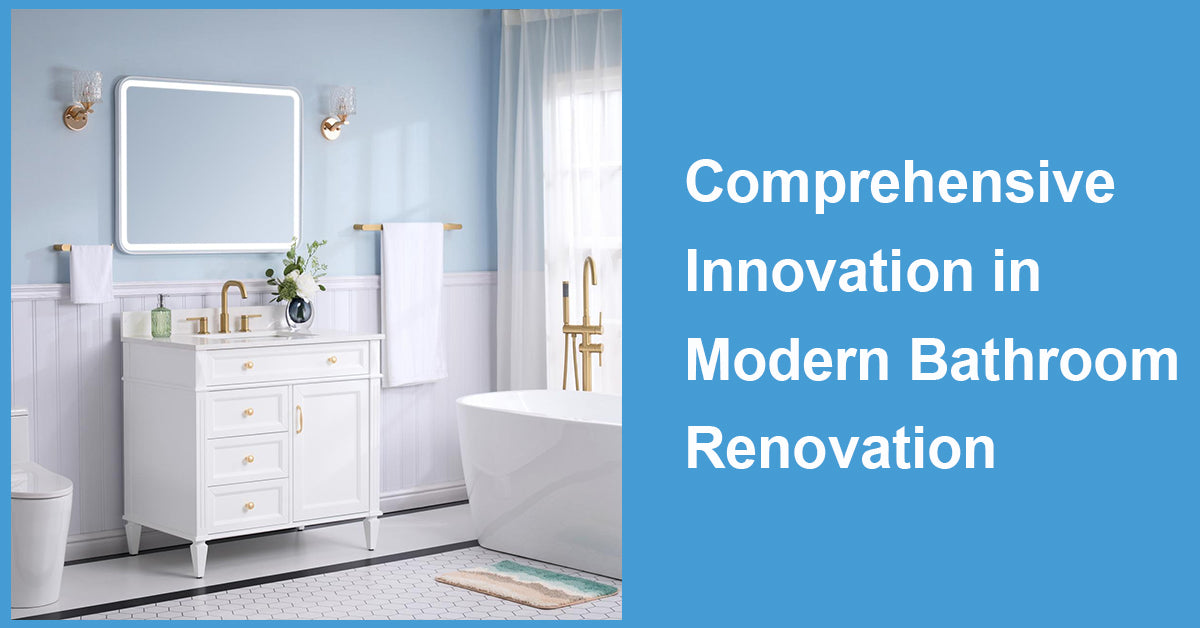

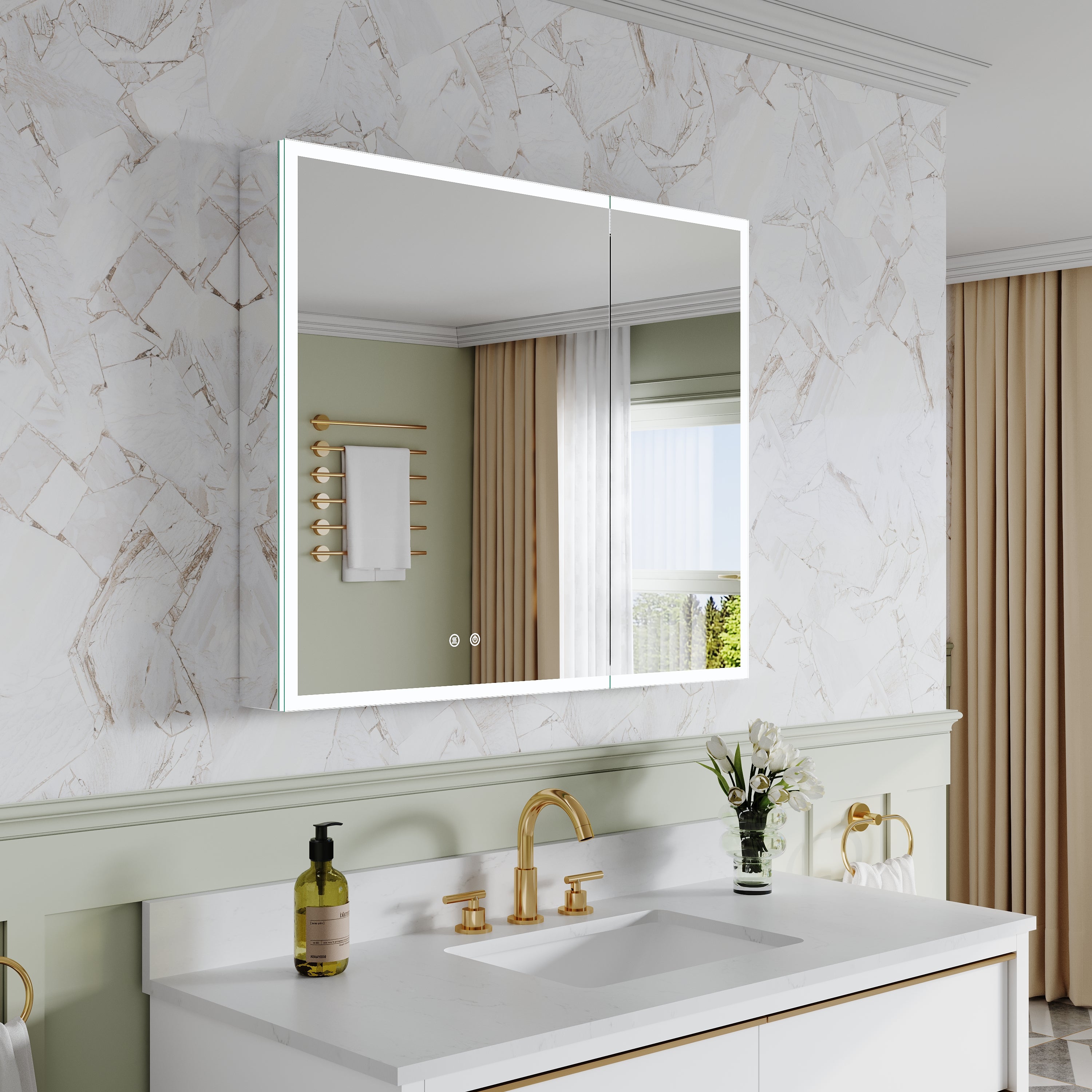



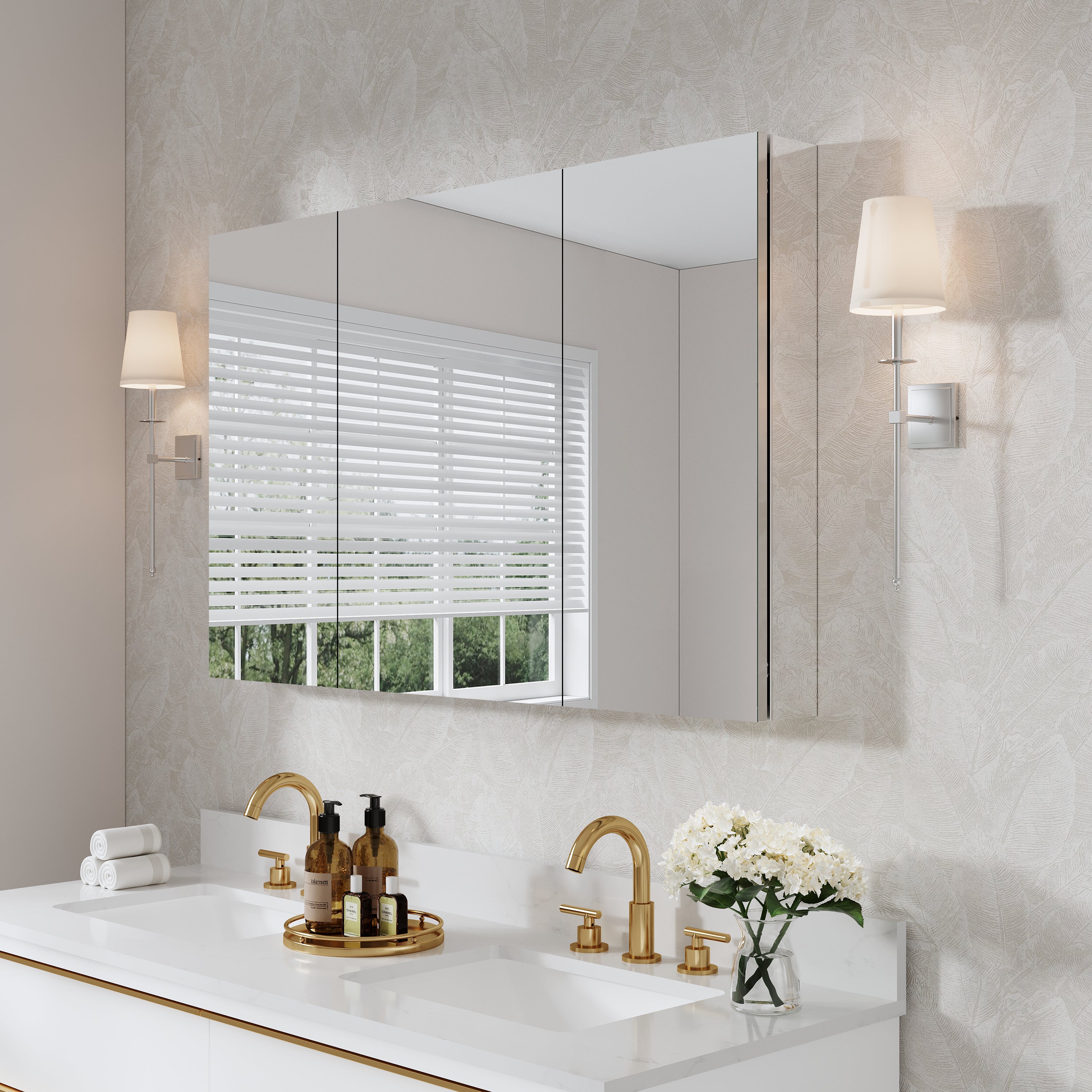







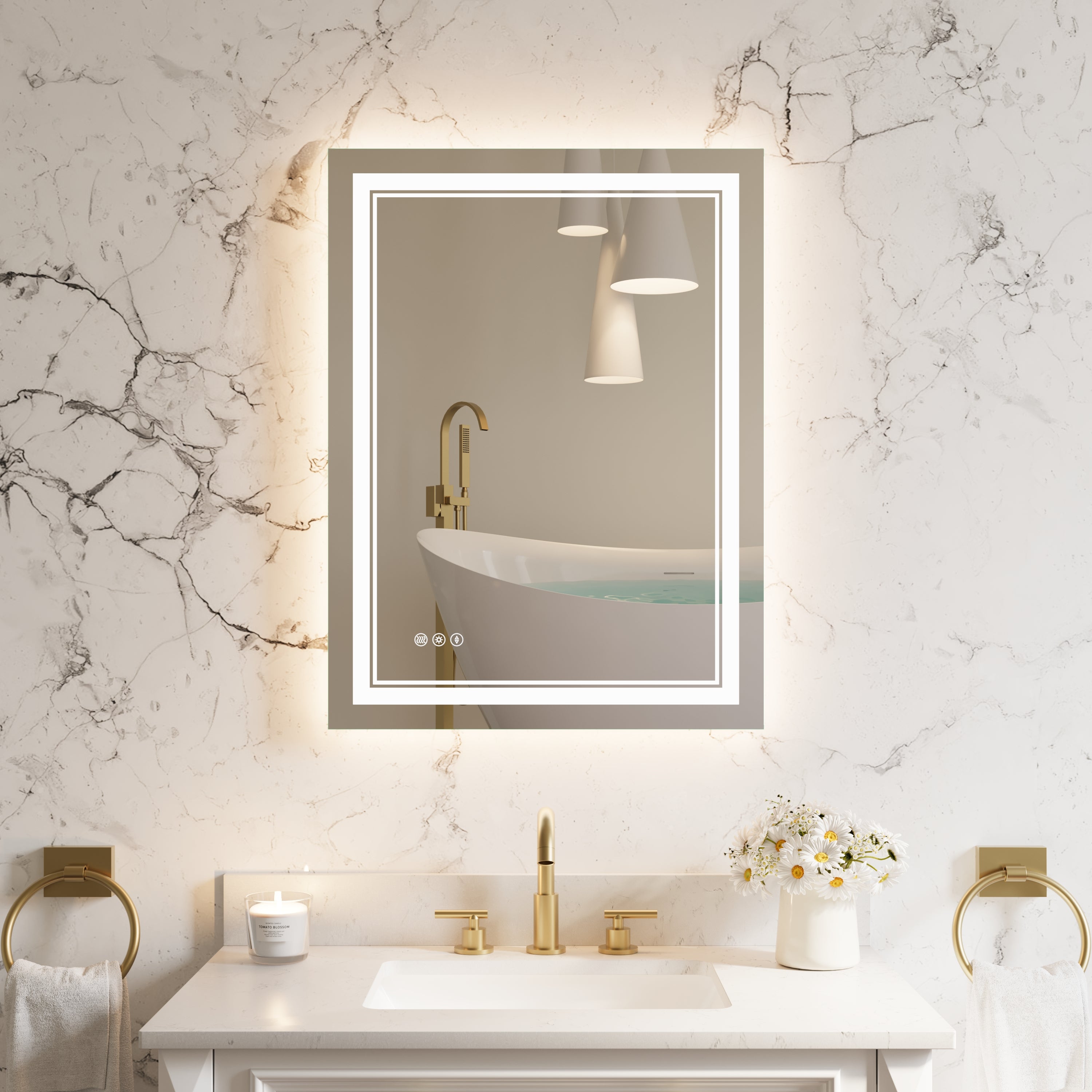

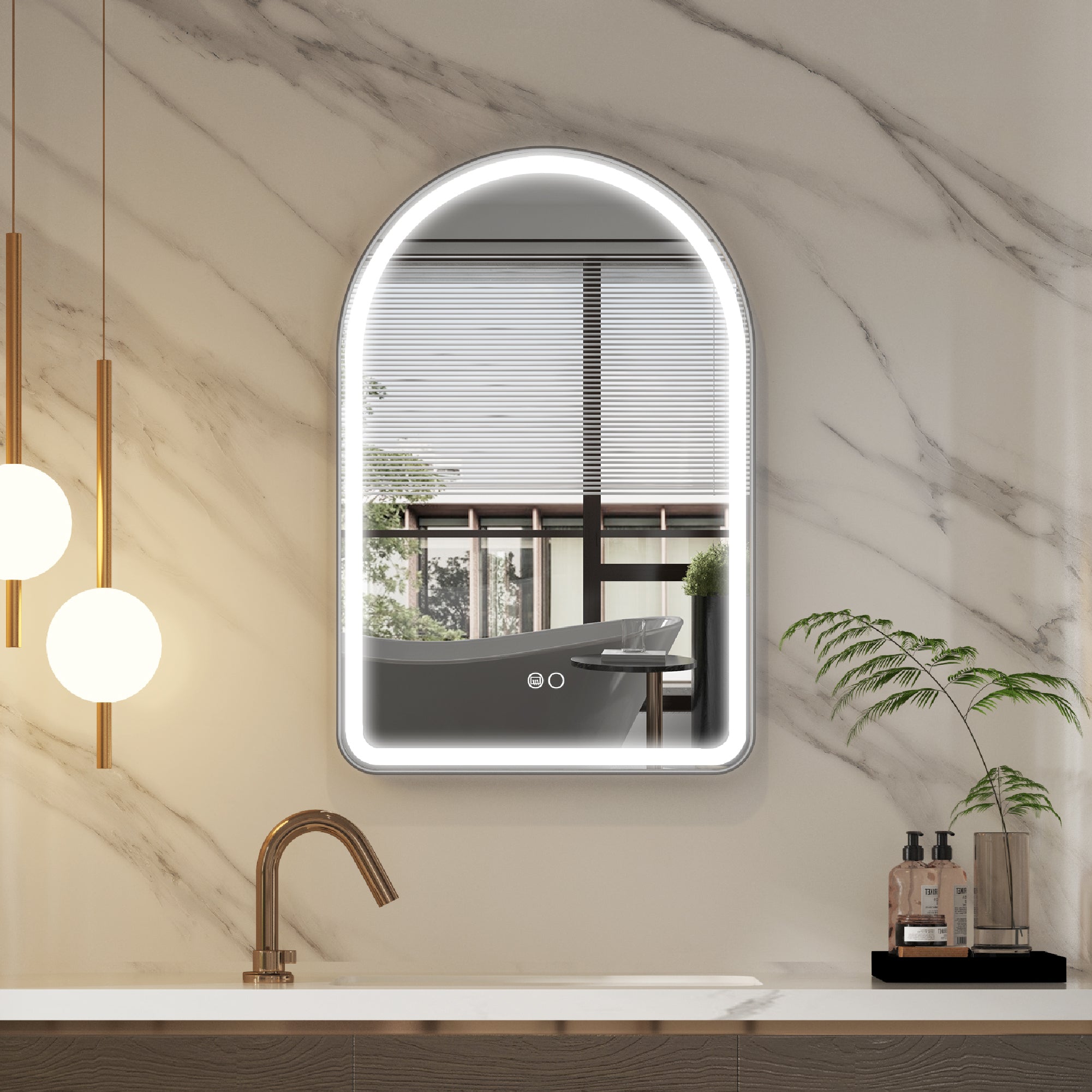
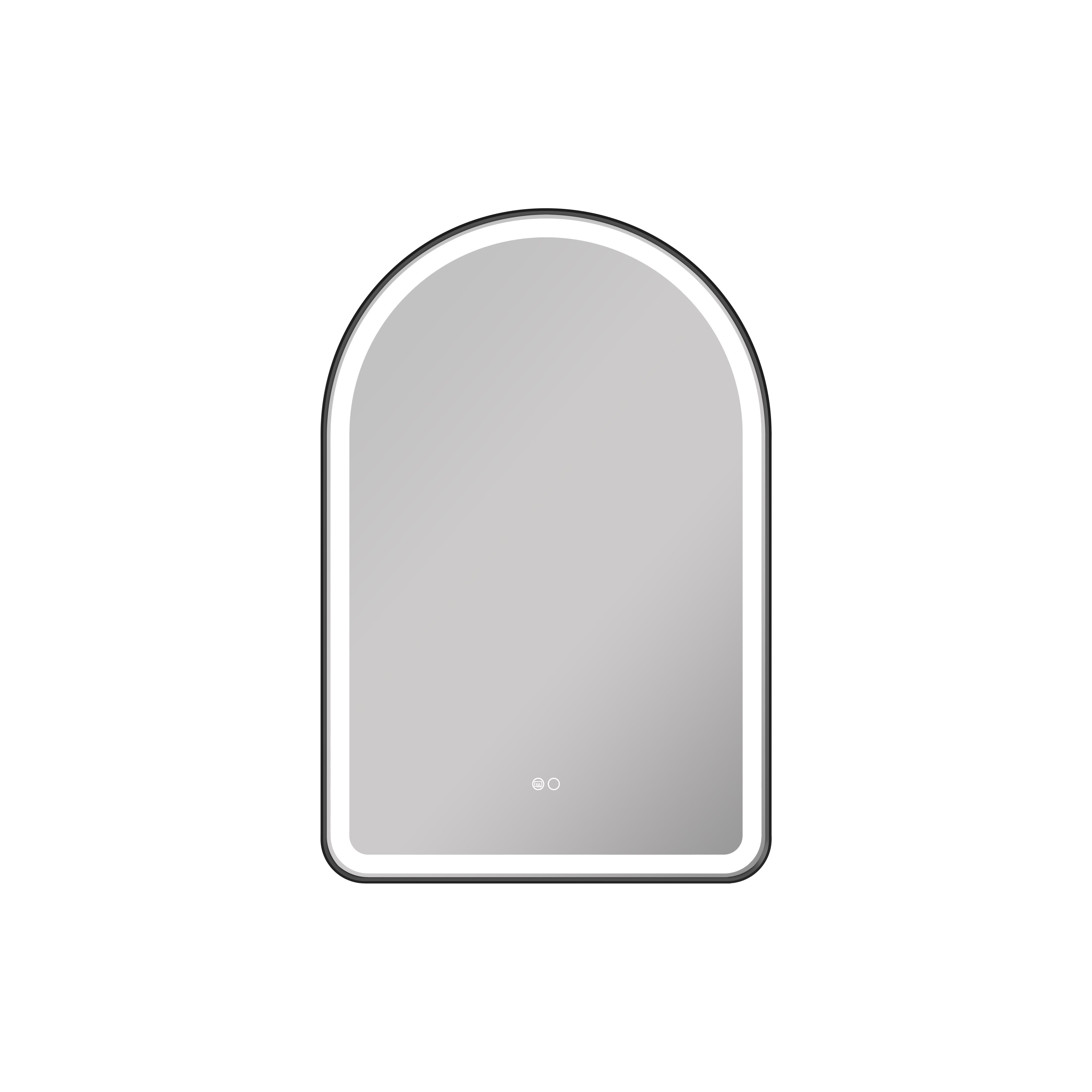
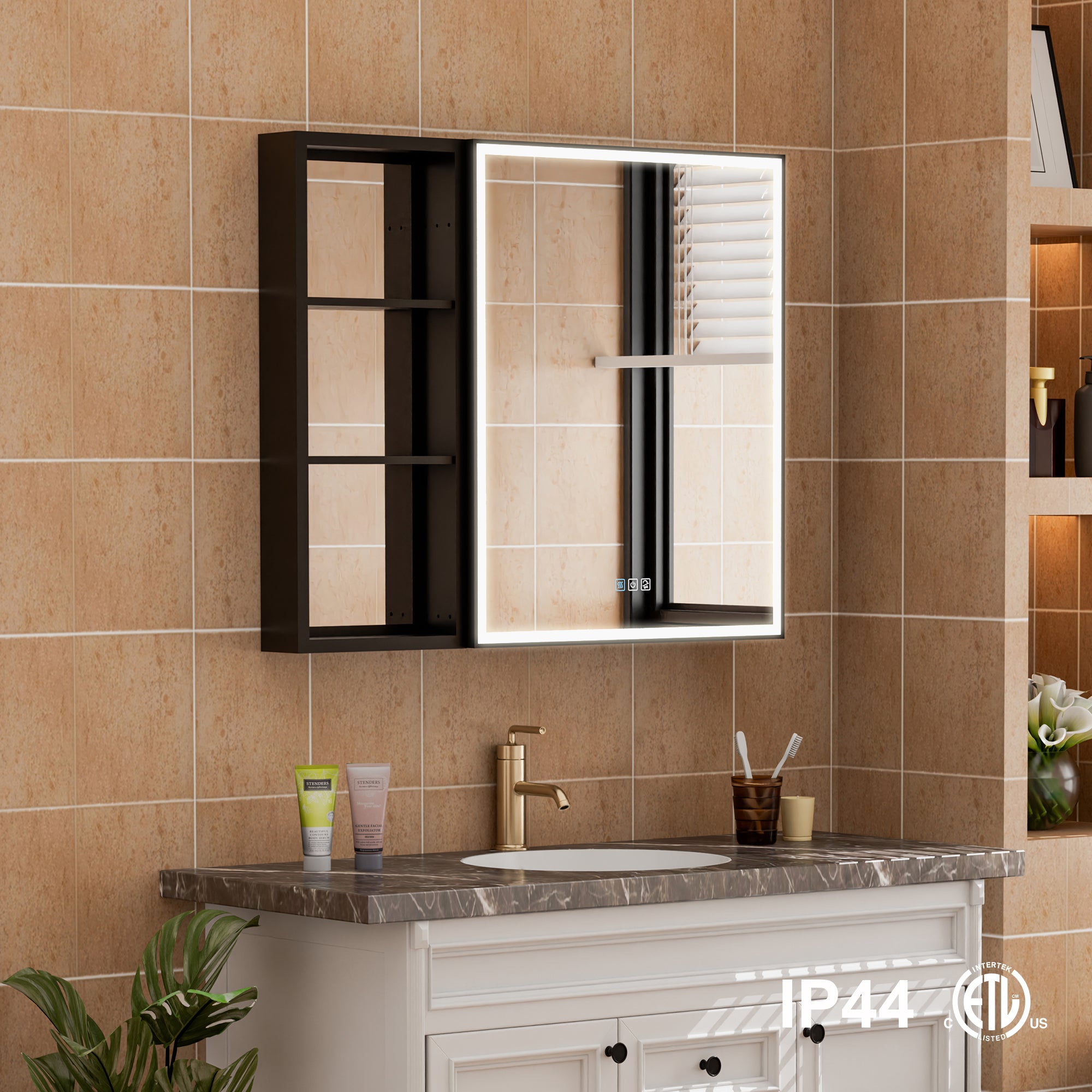
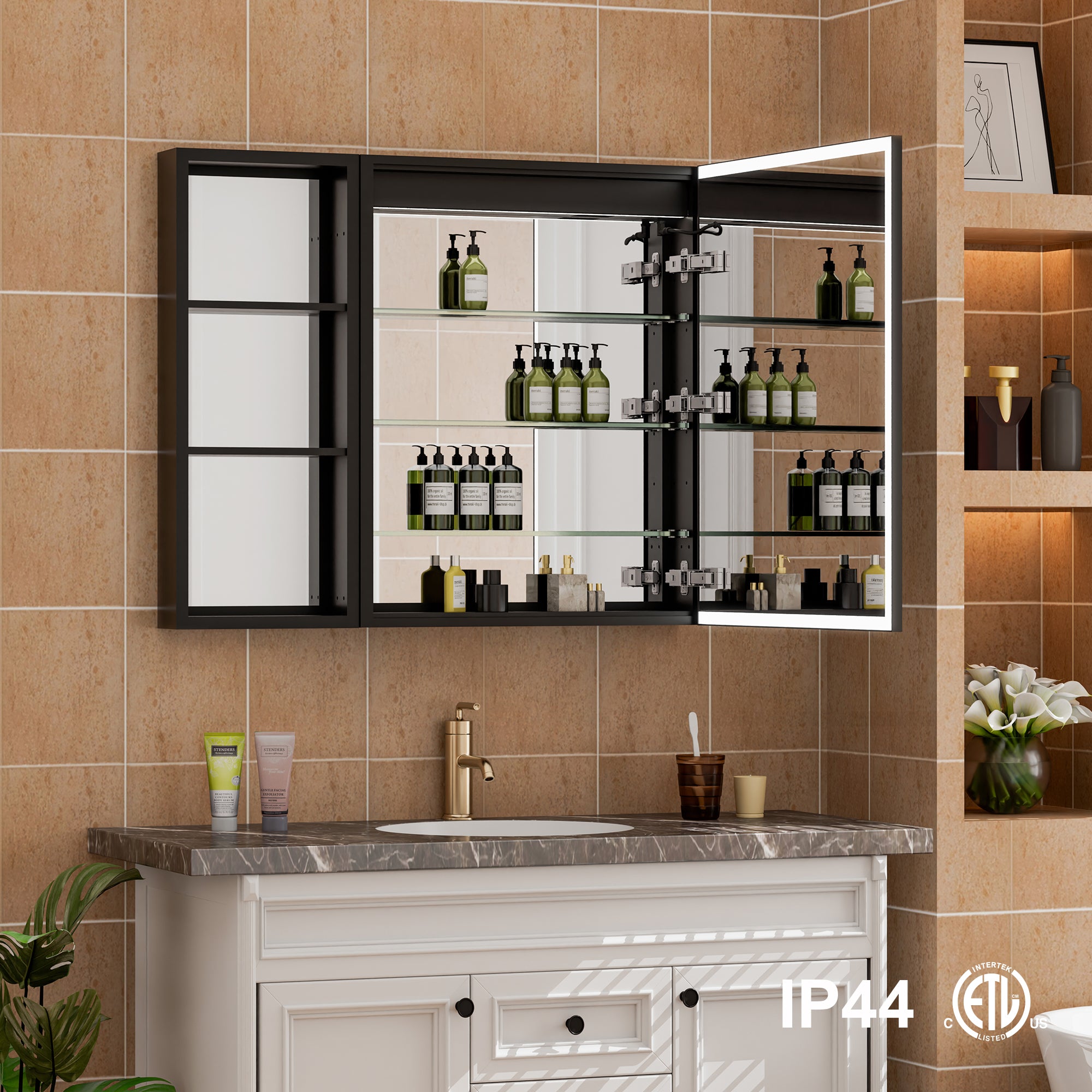
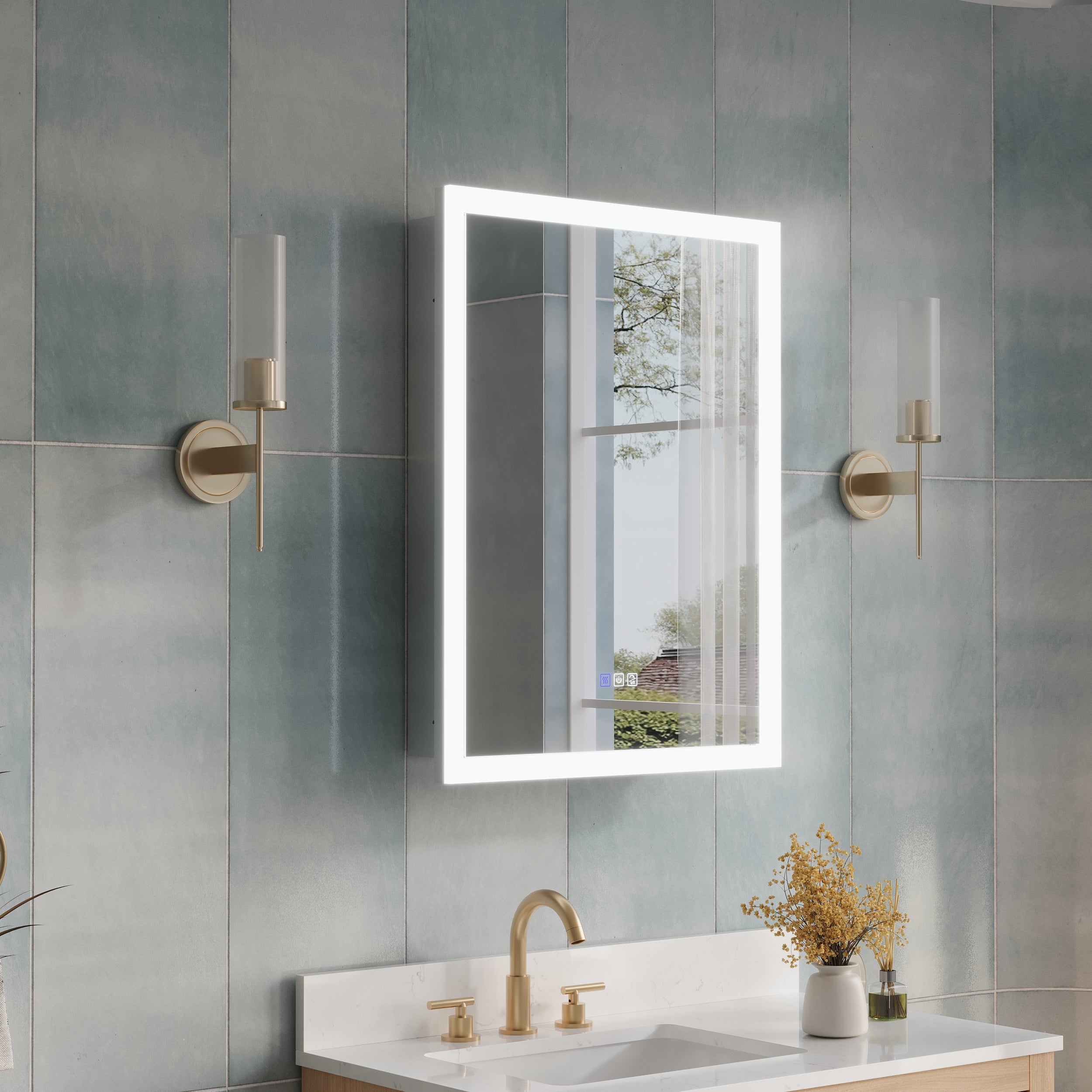
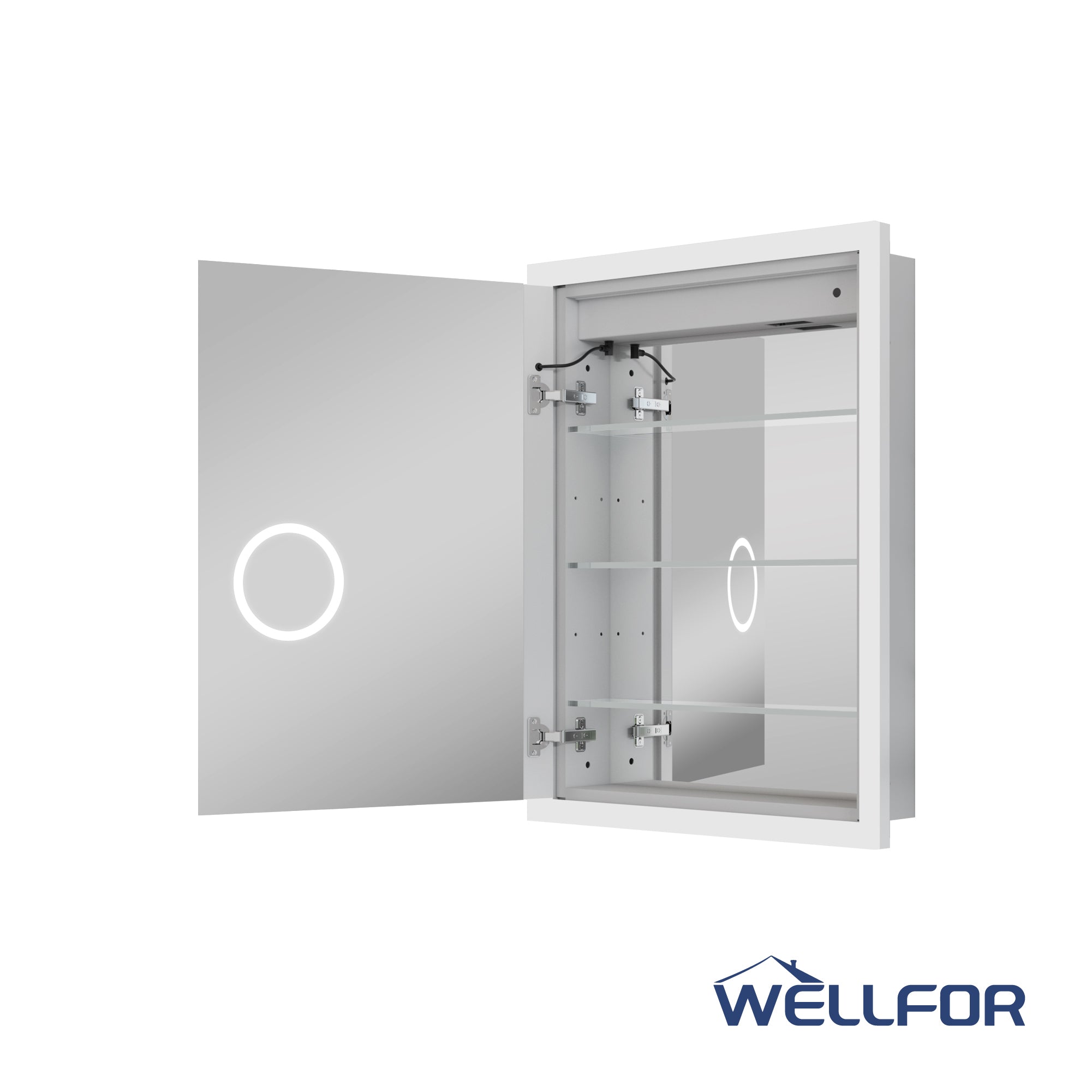
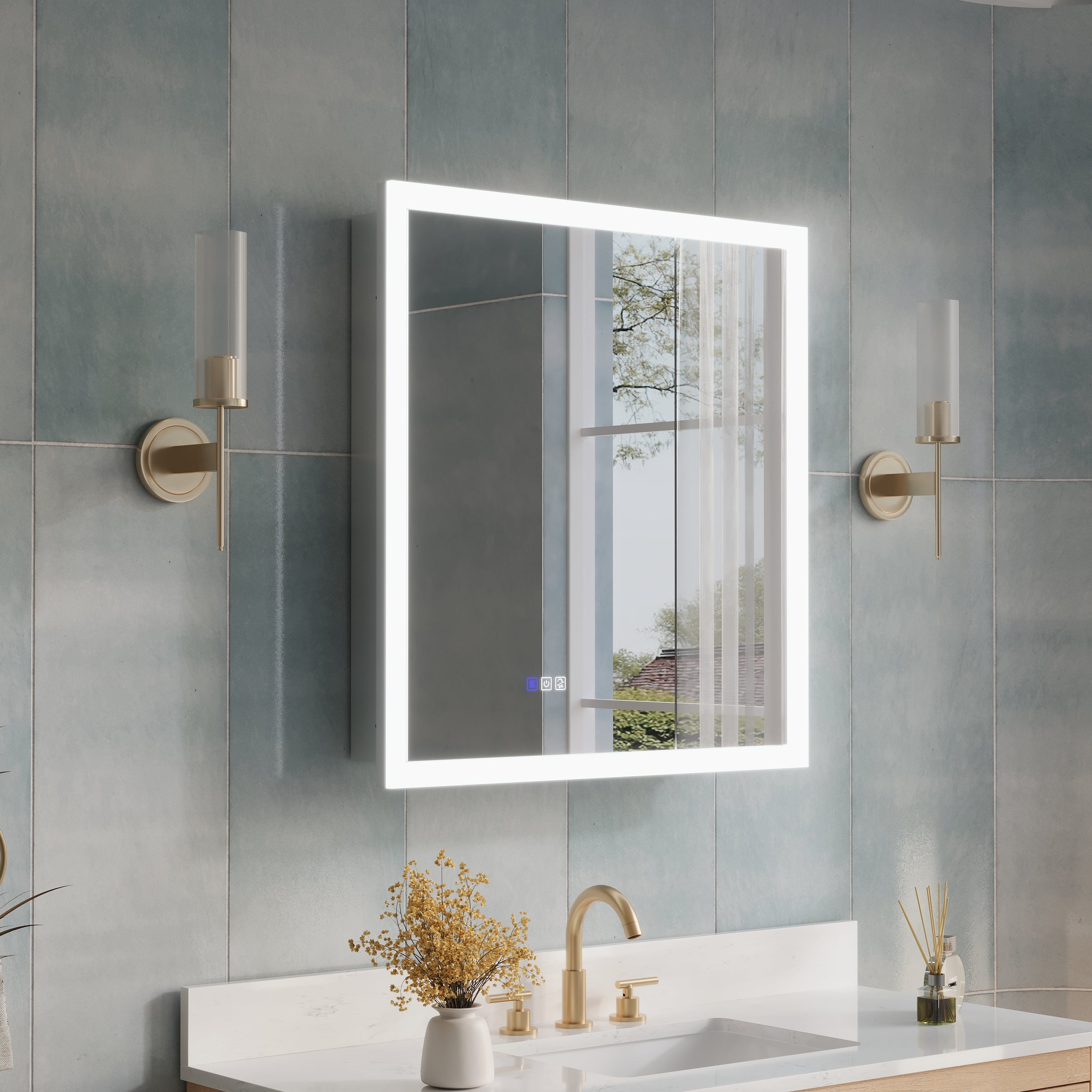
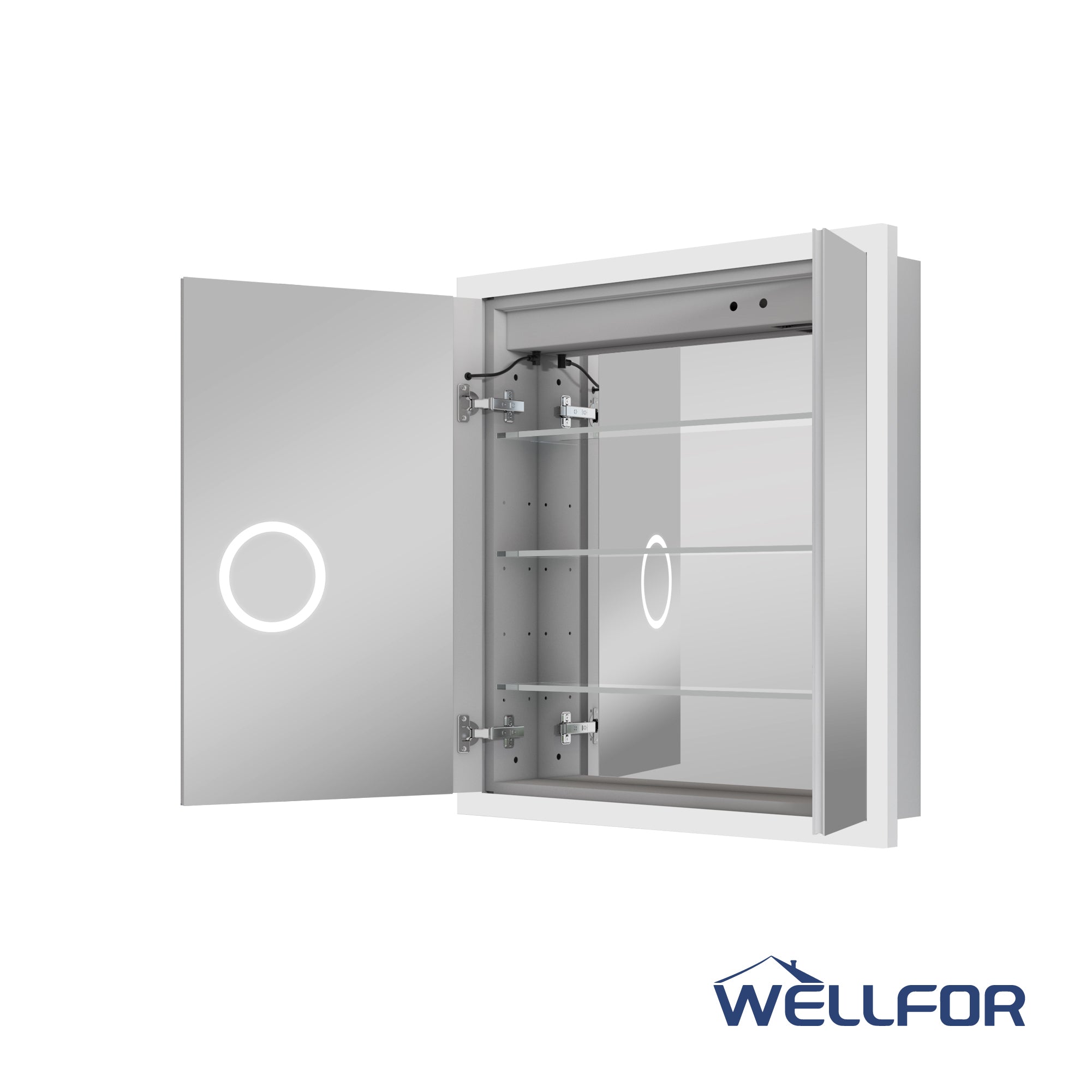
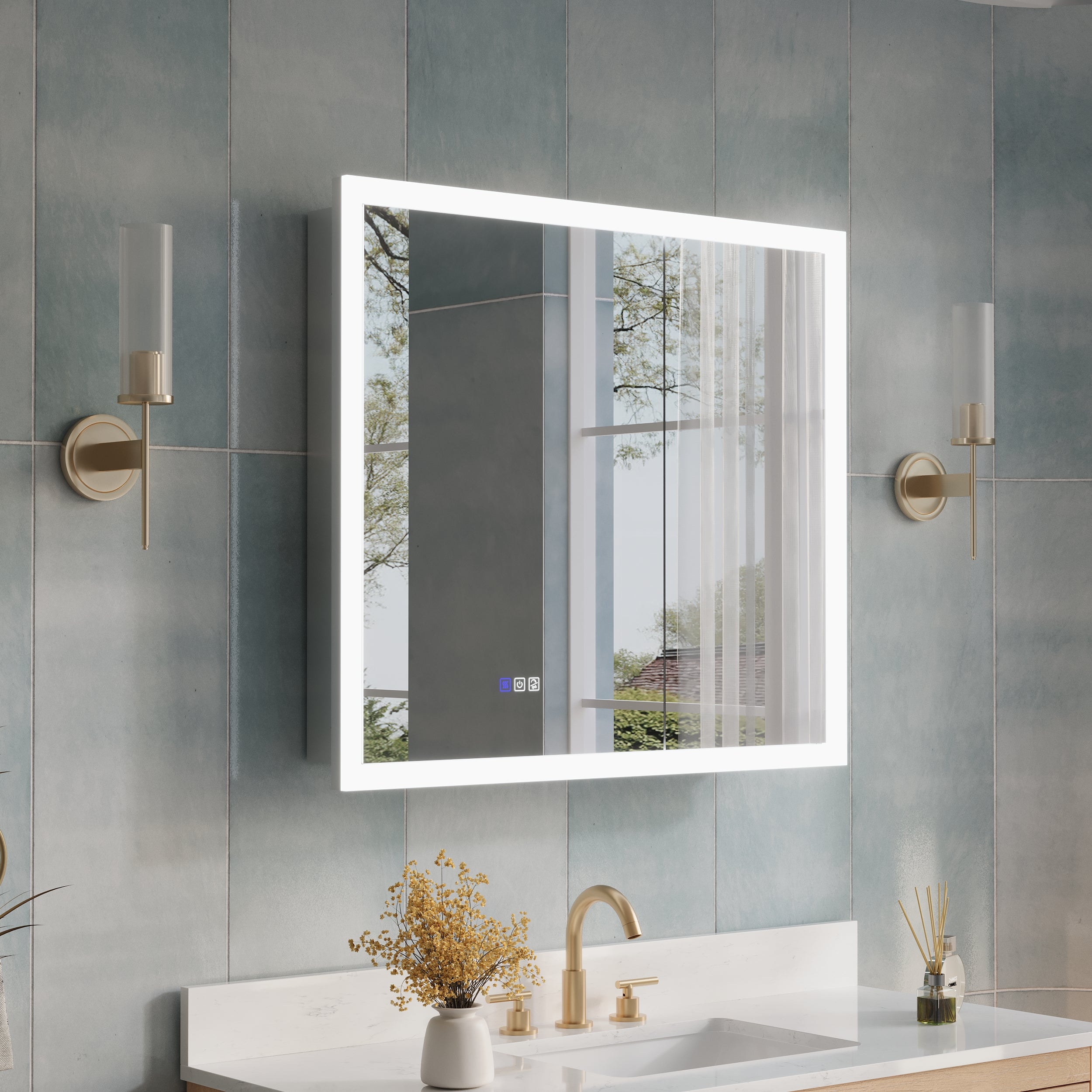
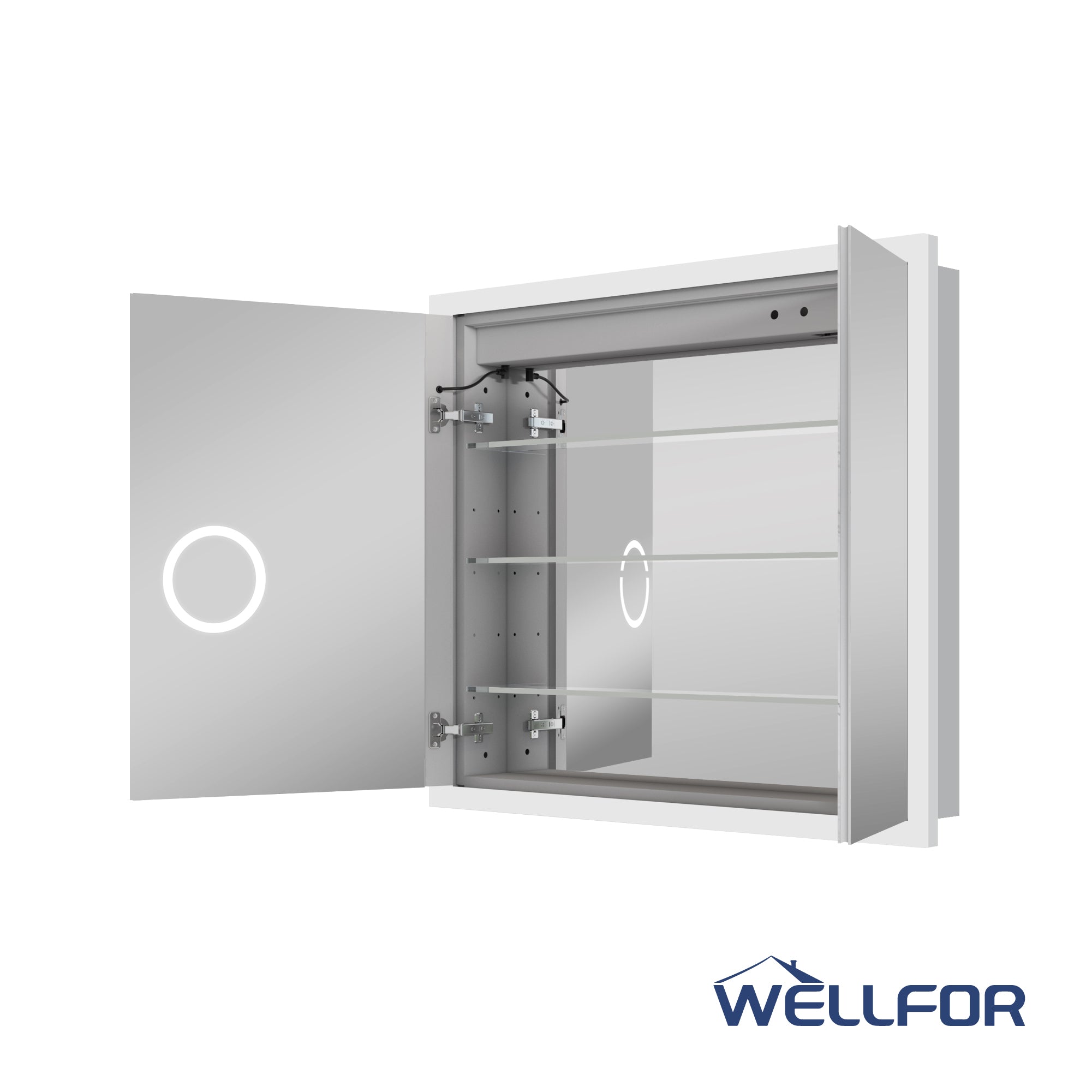
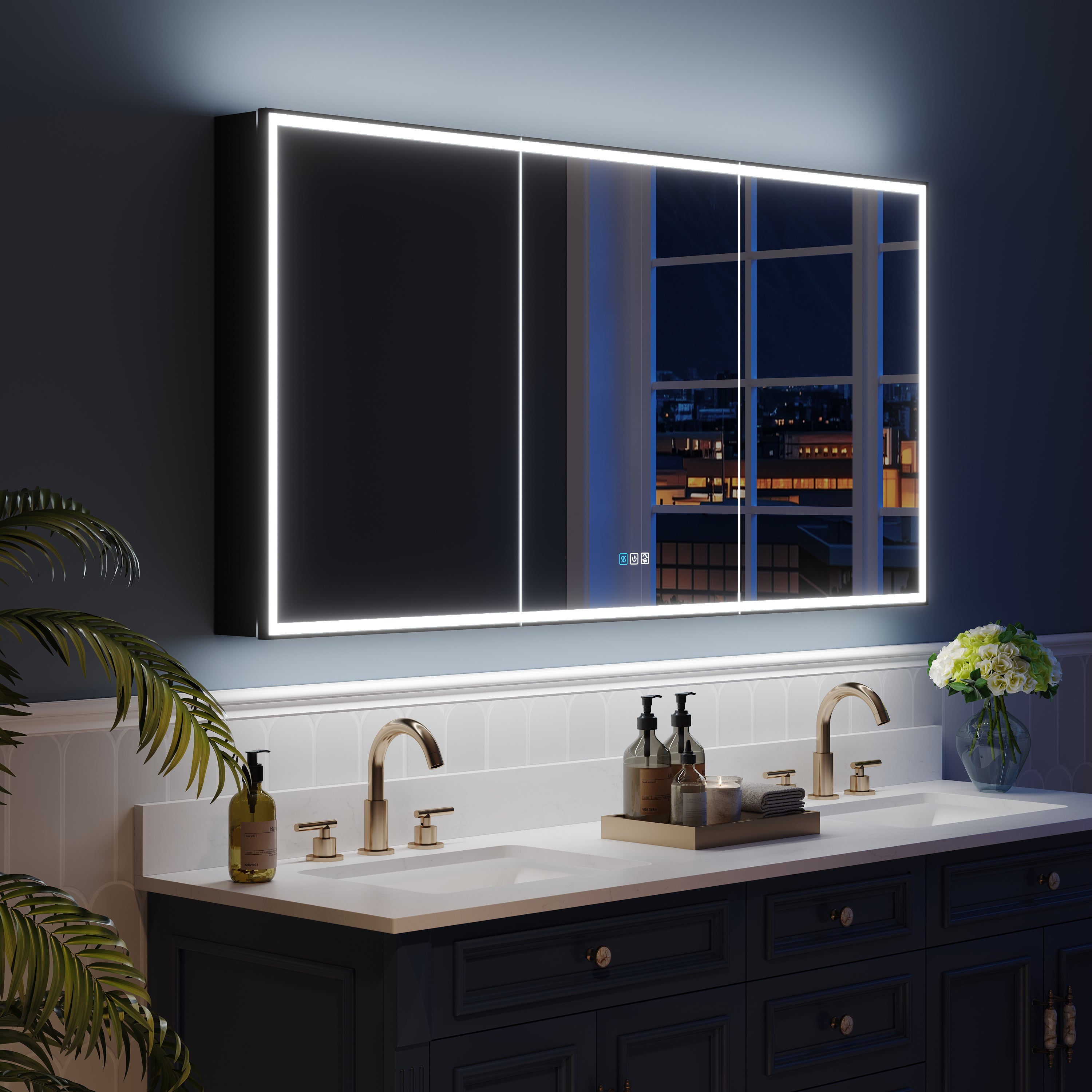

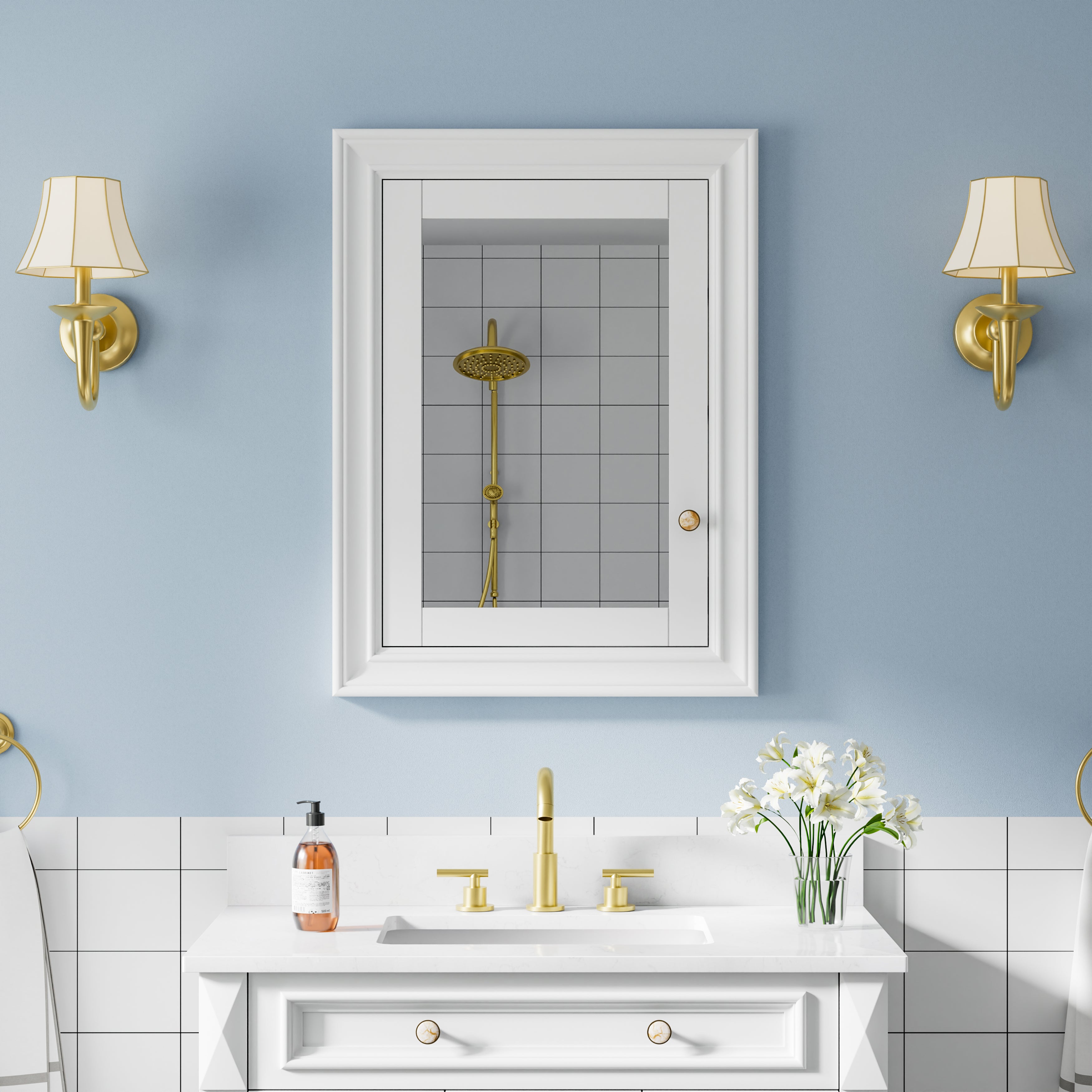



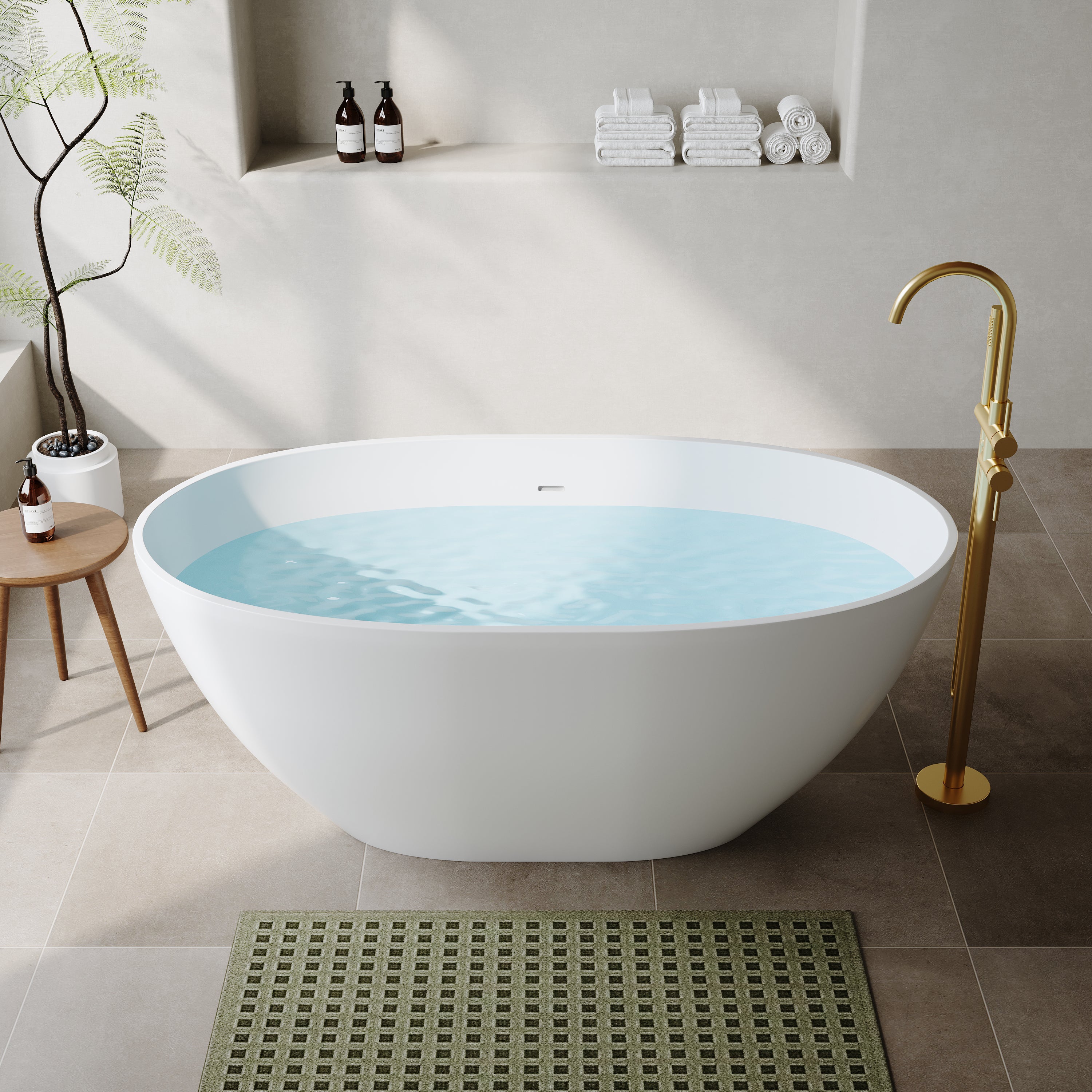



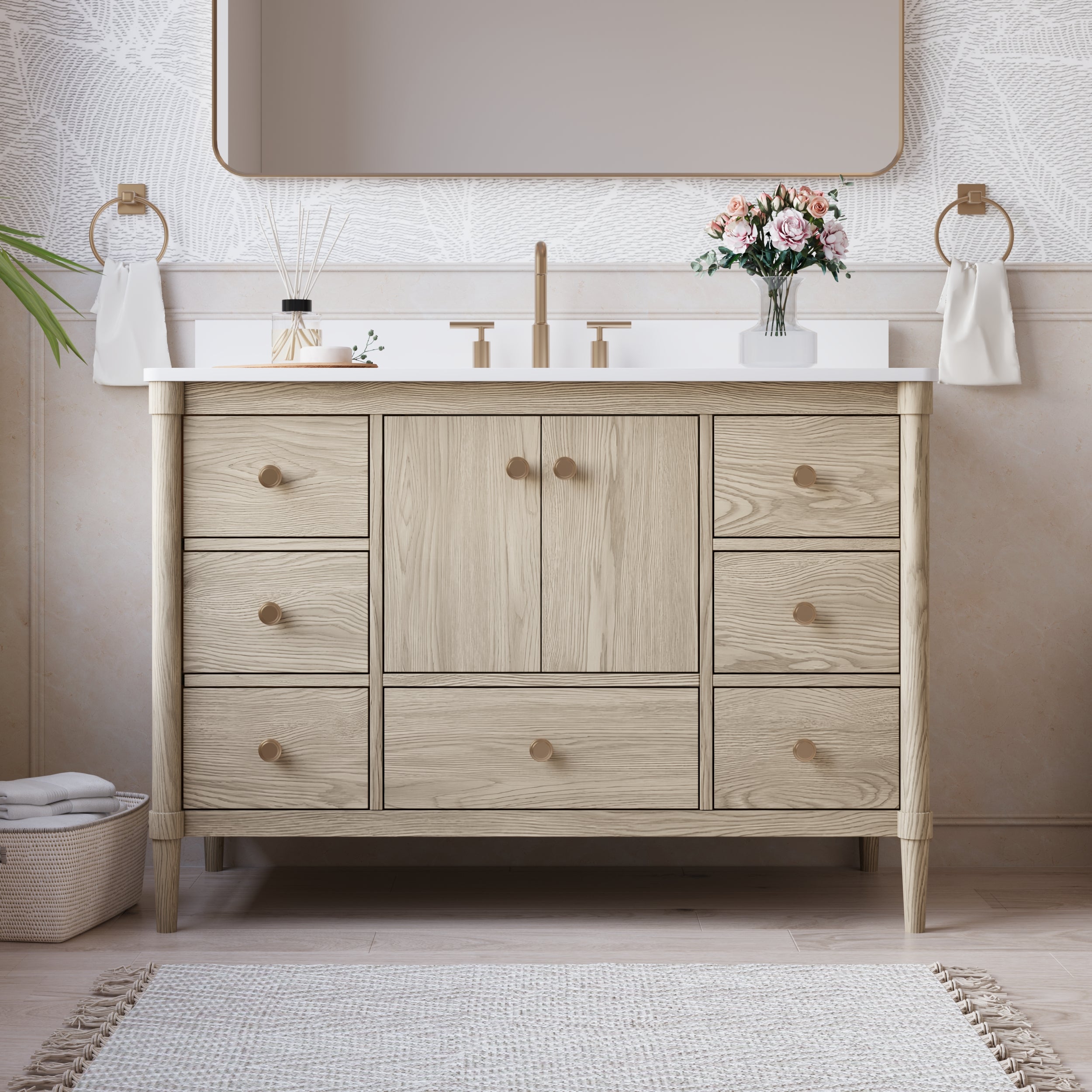


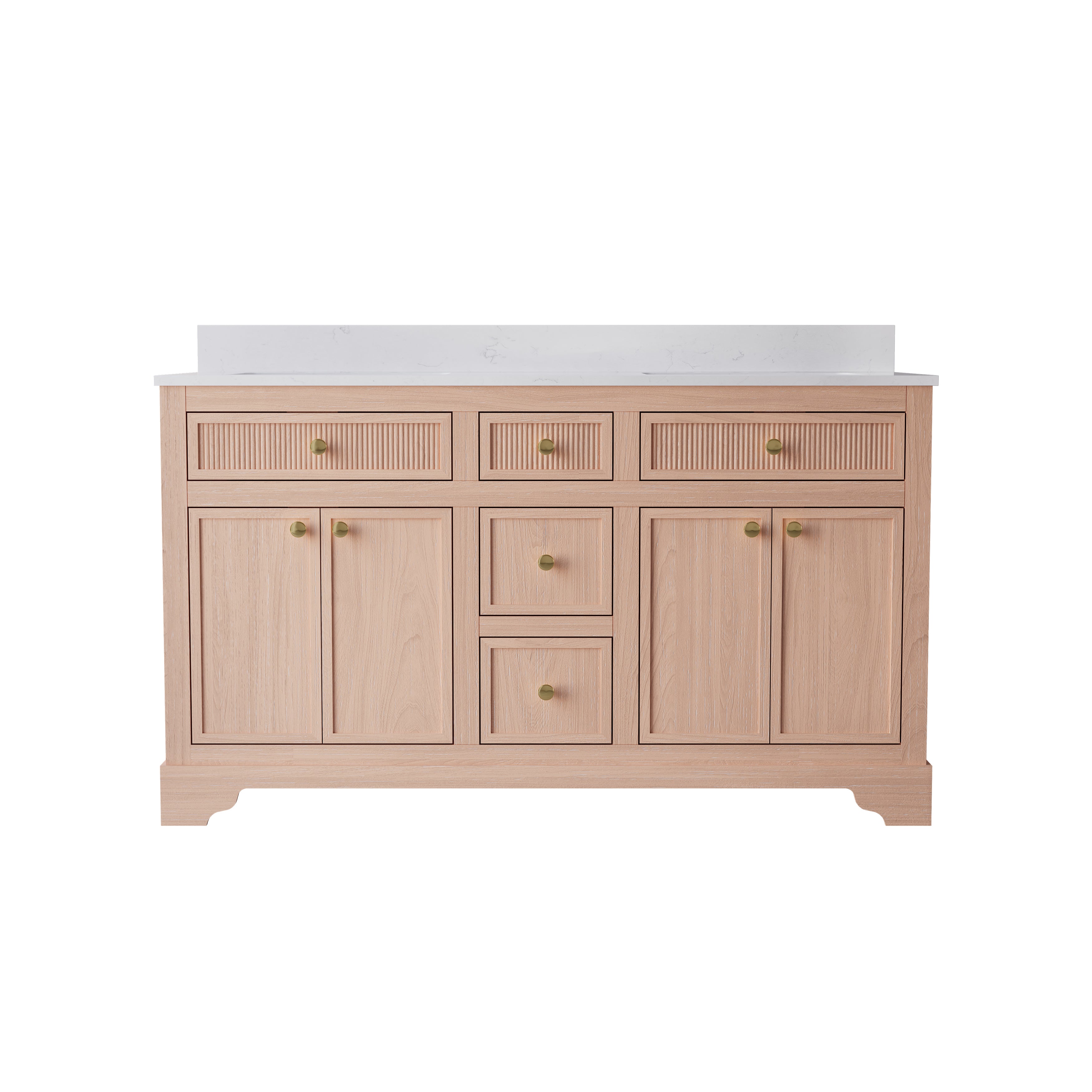
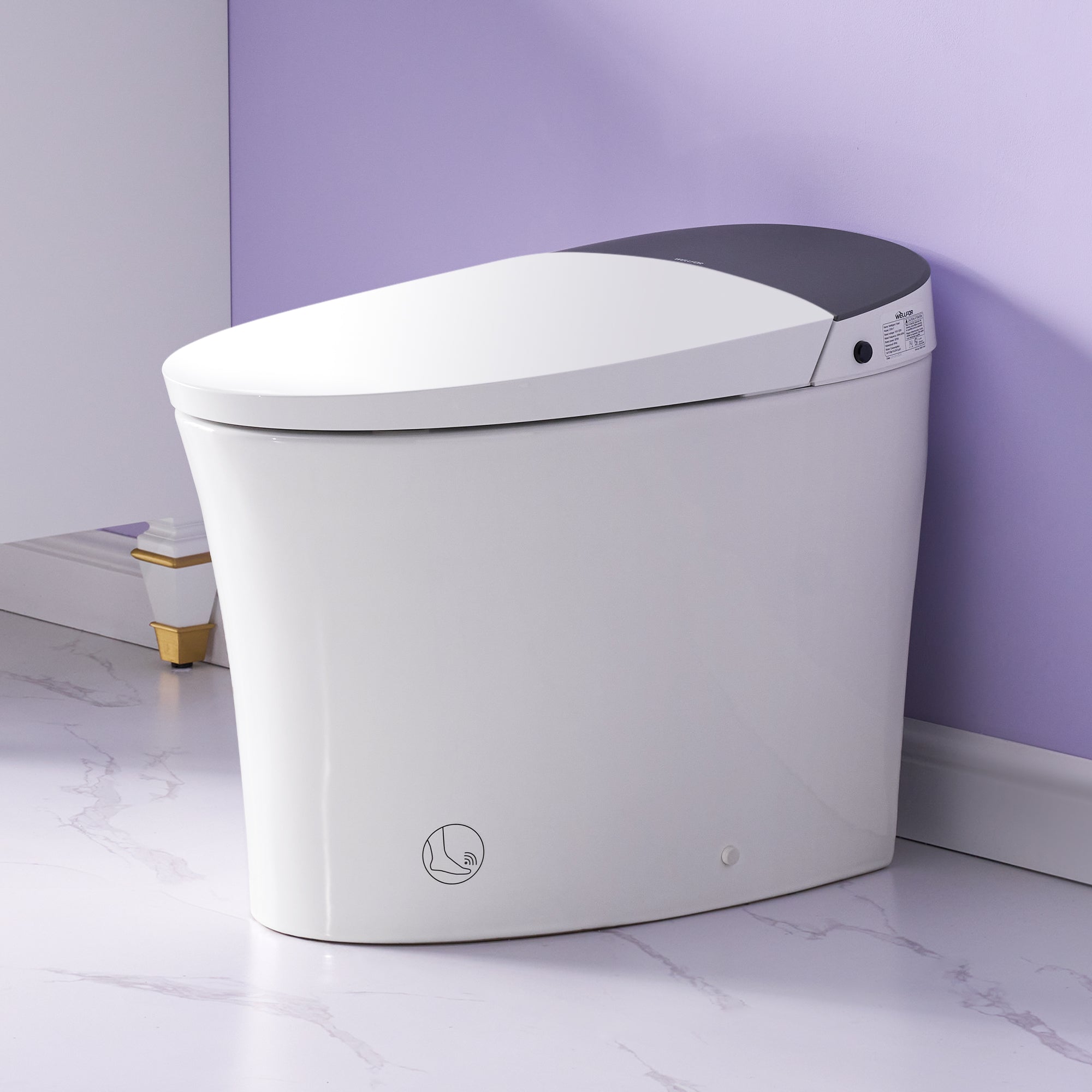
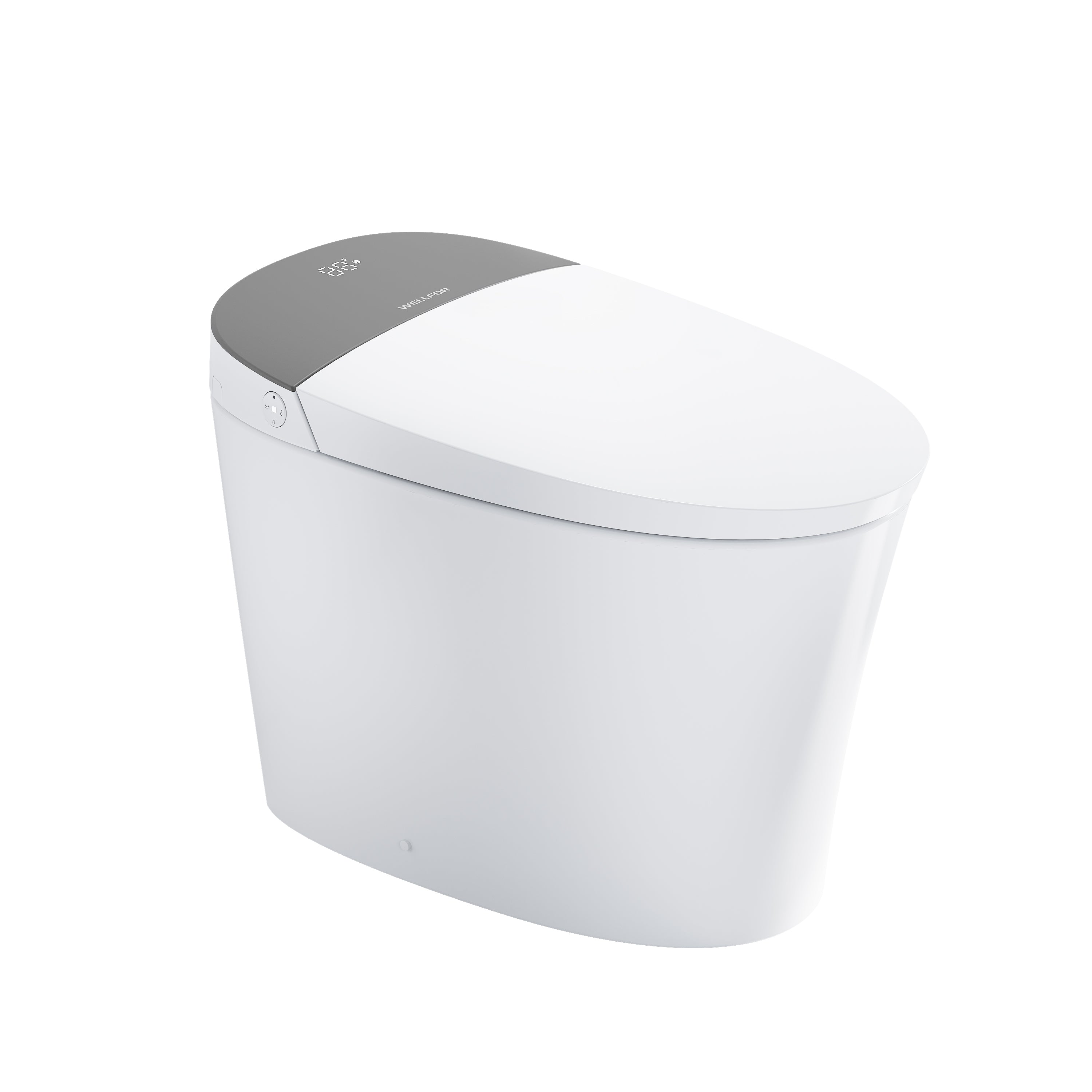
Leave a comment
This site is protected by hCaptcha and the hCaptcha Privacy Policy and Terms of Service apply.